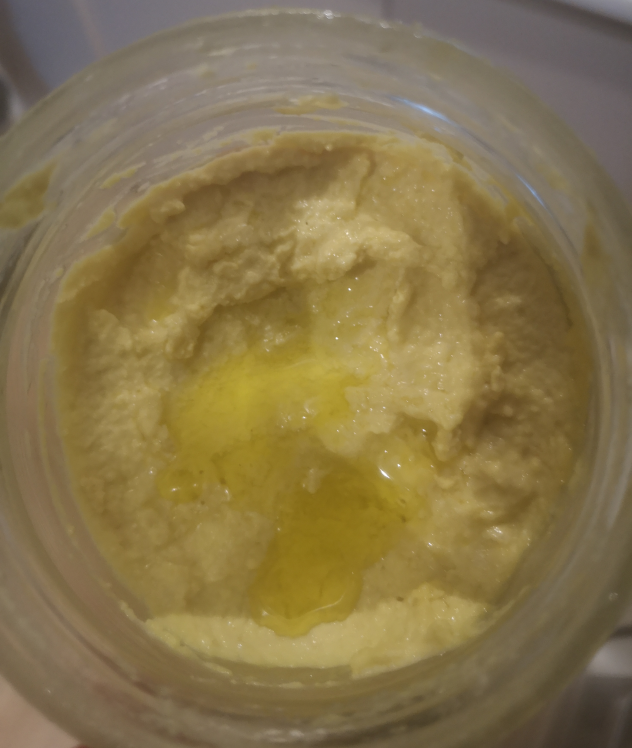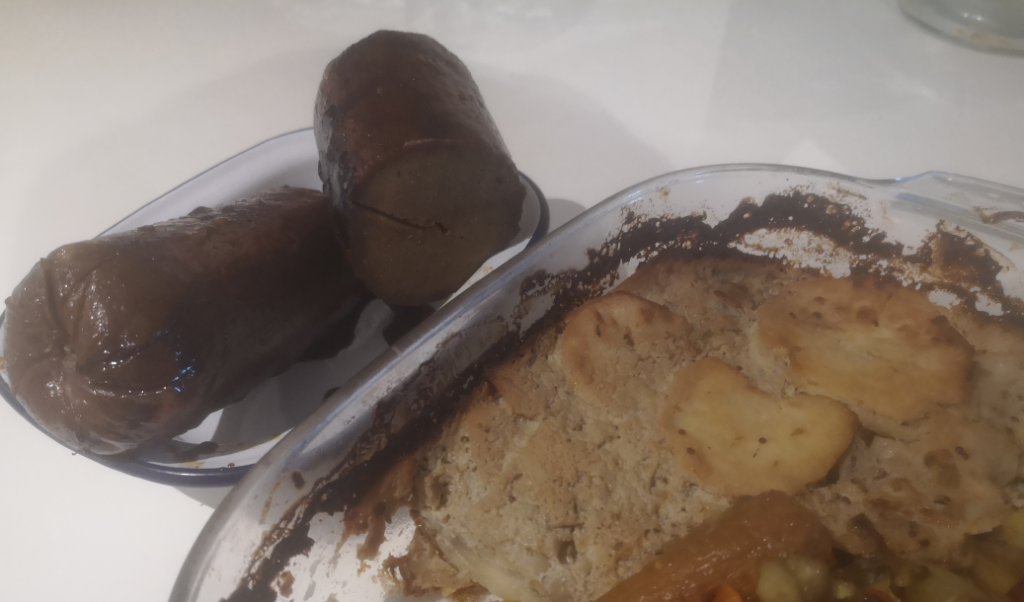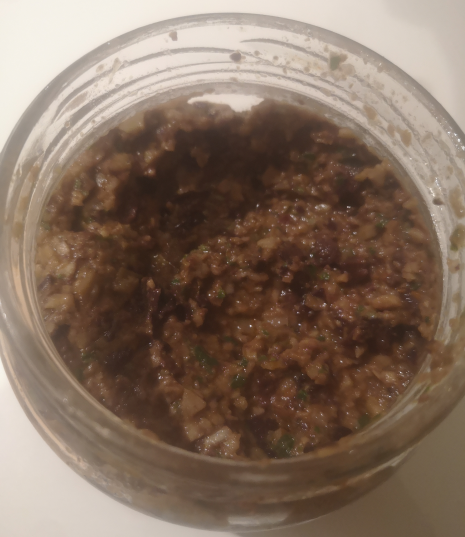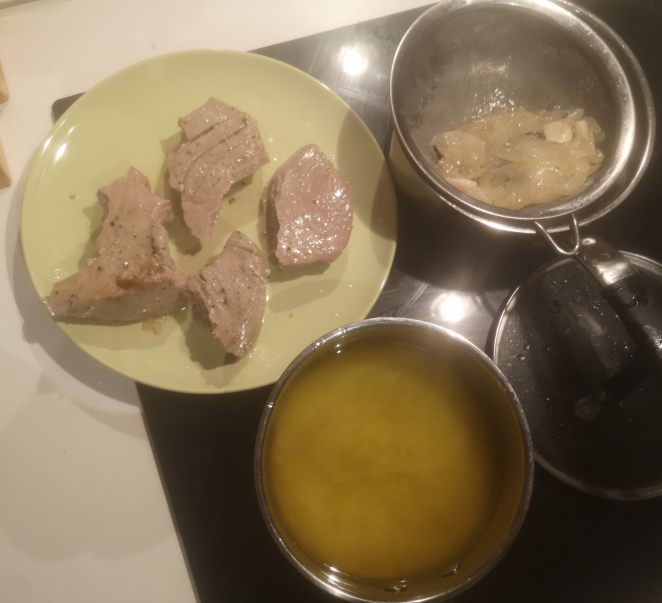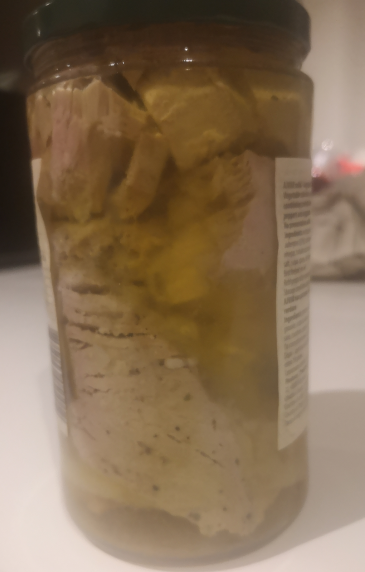“Tortas de Mosto” is a typical sweet from “La Mancha” region in Spain. And it is one of my favourite sweets from my hometown. When I was there last December, taking a look at the process of baking “tortas” was one of my (many) goals. I didnt get the recipe but noticed ingredients that I wasnt aware like using bread starter.
Another thing, in my hometown, didnt use Mosto, I think they do it only in Summer. So they used good orange juice instead.
Although I could remember nearly all ingredients, I wasn’t very confident, so I searched for some video without many expectations but lucky me I found this! Thanks to Cristina!
To be honest, I have tried twice. The first attempt wasnt really good. I over fermented the dough…. and I forgot to add sugar!!!! Somehow I didnt notice that “step”. It makes sense, mosto is very sweet and orange juice is not that sweet.
Ingredients Bread Starter
- 100ml water
- 150g plain flour
- 7gr dry yeast
- (need to try to add 1 tsp of sugar next time)
Process Bread Starter
- In a small bowl, mix the yeast with water, then add the flour.
- Be sure everything is well incorporated, make a ball with the dough. You dont have to knead it.
- If you are going to make “tortas” next day, cover it and put it in the fridge. If using during the day, let it rest for 2h or until it doubles up in volume
Tortas Ingredients (8-9 tortas)
- Bread Starter
- 250ml good orange juice
- 250ml good virgin olive oil
- 7gr dry yeat
- 150gr sugar
- zest of one lemon
- 1 shot of anís / sambuca
- 2 egg
- 600gr plain flour (maybe strong flour next time) – You dont have to use all flour.
- Finish touch: 1 mixed egg + sugar
Tortas Process:
- In a bowl, mix the orange juice, olive oil and sugar. Then add the yeast. Combine everything well. Add bread starter and mix again. It doesnt have to disolve.
- Add half of the flour or so, mix a bit. Add the egg and lemon zest (and anise). Mix and keep adding more flour. Try not to use all flour.
- Pour the dough into the table and knead for 15-20 minutes or so until the dough is smooth and doesnt break when trying to make a window. Add a bit of flour if need but it shouldn’t stick much as the dough has olive oil.
- Leave the dough to rest for 1 hour or so until it doubles up in size.
- Knock off the air of the dough, make a ball again.
- Prepare to baking trays. You can spread a bit of flour or use baking paper on them.
- Pre-heat oven at 175C
- Now make small balls of 170g each (using an scale) from the main dough. So you have similar size tortas. I managed to put four balls per tray. Leave as much space as possible between them.
Once you have all balls in the tray, you need to flat them using your fingers going by the sides of the ball. Until you have a kind of big disc.- Cover the trays and leave them to rest again around 30-40 minutes. They should raise again.
- Whisk one egg, wash the top of the tortas that are going to go to the oven now (just one tray). Then add plenty of sugar on top of each torta. Be sure the egg doesn’t get to the bottom so it doesnt stick!
- Bake for 25 minutes or so. They need to be dark golden! Let it cool down and repeat the process with the second tray.

Before baking

After baking
To be honest, they were great compared with my first attempt. They are not like the ones from my hometown but they are really good enough. I enjoyed a warm torta for dinner last night, heaven!
I think I can improve it like adding a bit more sugar or another egg, etc.
Let’s see for the next attempt!
This is my last attempt: 231118

I have updated the recipe. I added two eggs, 1 shot of sambuca, and didnt flat the tortas. They raised (not as much as the real ones) but they cracked. The texture is better but still no that spongy. As well, not sweet enough. I added 100g sugar, next time 150g. The kneading was a long one but I think it was good at the end.
